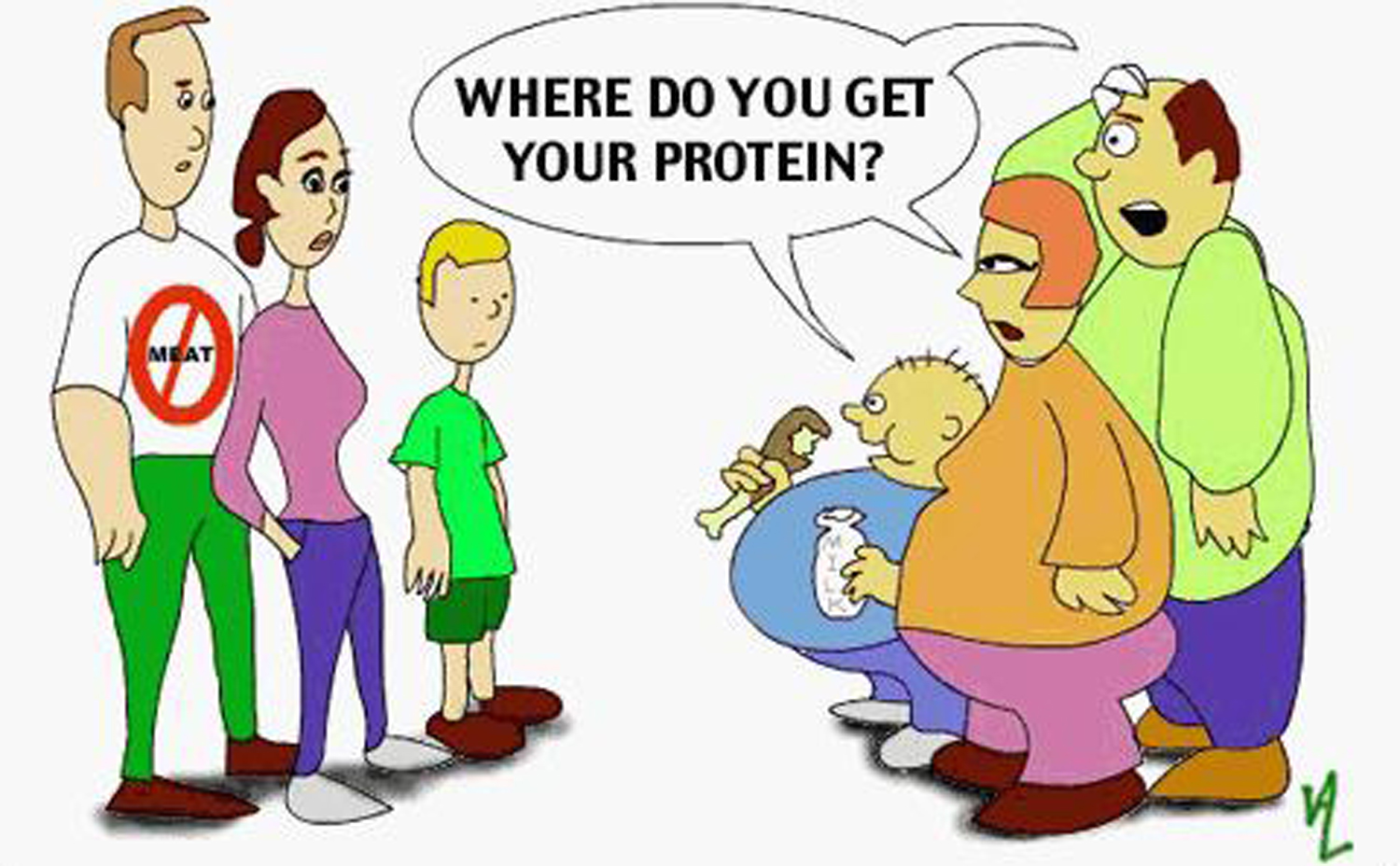
If you want to eat vegetarian meals but don't have time to cook them, there are several meal delivery services that offer vegetarian meals. A few of them include Hungryroot, Daily Harvest, Veestro, and Sprinly. Each one has a different type of meal that you can make according to your preference.
Hungryroot
Hungryroot is a great option if you are looking for a delivery service that delivers vegetarian meals. Hungryroot allows you to choose the menu for each delivery, and offers a variety of subscription options. Each subscription comes with 3-4 recipes. The recipes are simple and require only a few ingredients. And, since you can choose the days of your delivery, you can tailor your subscription to meet your specific needs.
The price of Hungryroot subscription plans varies depending on the size of your box. Smaller subscriptions start at $59, while larger subscriptions can cost as much as $60. Each meal includes three to four servings, and a couple of snacks. Hungryroot can send your box for one or two weeks. You can cancel your subscription at anytime.
Sprinly
Sprinly offers vegetarian and vegan meal delivery services. Sprinly's weekly meals, which are all organic, have been carefully curated by nutritionists in order to deliver the best nutrients. Each meal comes with information about the ingredients and the nutritional content. Customers also have the option of having their meals hot or cold.

Each menu includes a short summary of the ingredients, nutritional facts and allergen icons. Sprinly ships to selected areas in the United States. They are currently focusing their efforts on expanding their reach into other regions.
Veestro
Veestro is not the only vegetarian meal delivery service available. Its founders share a passion for food. They believe you are what is in your mouth. This is why they are committed to providing only the finest ingredients in their meals. Service is also committed towards their customers and will work hard to make them satisfied.
Veestro meals are made with only natural ingredients. They are also free from refined sugars and processed carbs. You may also choose to remove certain nutrients. Meals usually contain between 250 and 800 calories. Veestro meals are shipped inside insulated medium-sized containers. They are protected in dry-ice and have their nutritional content printed on the package. You can then reheat them in your microwave or on your stovetop. The cook time will vary depending upon the recipe.
Daily Harvest
Daily Harvest, a meal delivery service that delivers plant-based meals, specializes in vegetarian and vegan meals. The company was originally founded to deliver smoothies. However, it has since expanded to offer flatbreads, soups and other whole foods made from fruits and vegetables. For you to feel satisfied, nutritionists and chefs have created the recipes. The labels clearly list all ingredients so you can easily identify what's in each meal.
Daily Harvest's prices are comparable to other meal delivery service. Its portion sizes are not huge, but they're enough for one person. You can also get discounts for repeat customers or larger orders. Overall, Daily Harvest is a great option for busy professionals, vegans, and people who eat a vegetarian diet.

Sakara Life
Sakara Life is a good choice if you're looking for a delivery service that delivers vegetarian meals. Sakara Life offers delicious meals that are ready to eat. Every meal is prepared using science-based whole food plant-based cuisine. The ingredients include whole grains organically grown from whole foods, plant-based protein, and superfoods rich in nutrients. The meals are also organic, gluten-free, and free of GMOs. Sakara Life also offers cleansing products and dietary supplements. The company is clearly aimed at women and has a vibe similar to Goop, Elle, or Women's Health.
Customers have the option to make any changes to their account or their meal plan at any time online, or by calling customer support. Customers can also change their meal plan if they don’t like a particular recipe. Sakara Life should be notified in advance if there are any changes to your meal plans.
FAQ
What is the best way to eat?
Your age, gender, body type, and lifestyle choices will all impact the best diet. Also, consider your energy expenditure, your preference for low-calorie food, and whether you enjoy eating fruits or vegetables.
Intermittent fasting might be an option for you if your goal is to lose weight. Intermittent Fasting means that you eat only one meal per day and not three. This might be better than traditional diets that have daily calorie counts.
Research suggests that intermittent fasting may increase insulin sensitivity and reduce inflammation. This can result in improved blood sugar levels as well as a lower risk of developing diabetes. Research suggests that intermittent fasting can promote fat loss and improve overall body composition.
What should I eat?
Eat lots of fruits and vegetables. They are high in vitamins and minerals, which can help strengthen your immune system. They are also rich in fiber, which is good for digestion and makes fruits and vegetables filling. You should eat at least five servings per day of fruits and vegetables.
Make sure you drink plenty of water too. Water flushes toxins out of the body and helps to feel full between meals. Drink about eight glasses each day.
Eat whole grains instead of refined ones. Whole grains have all the nutrients they need, including B vitamins. Some nutrients have been removed from refined grains.
Sugary drinks should be avoided. Sugary drinks are full of empty calories and lead to obesity. Instead, opt for water, milk, or unsweetened tea.
Avoid fast food. Fast food has little nutritional value. While it might taste good, it won't give your body the energy it needs to function properly. Choose healthier options like salads, soups and sandwiches as well as pasta dishes.
Try to limit alcohol intake. Avoid alcohol as it can cause empty calories and poor nutrition. Limit your intake to two alcoholic drinks per week.
Try to cut down on red meat. Red meats are high-in saturated fats and cholesterol. Instead, choose lean cuts of beef and pork, lamb, chicken or fish.
What is the difference in a virus and bacteria?
A virus can be described as a microscopic organism incapable of reproducing outside its host cell. A bacterium is a single-celled organism that reproduces by splitting itself in two. Viruses are very small (about 20 nanometers) while bacteria are larger (up to 1 micron).
Viruses can be spread by contact with bodily fluids containing infected substances, such as saliva, urine and semen. Bacteria are usually spread through direct contact with contaminated objects or surfaces.
Viruses can enter our bodies through cuts, scrapes, bites, or other breaks in the skin. They can also get into the skin through the nose, mouth and eyes, ears as well as through the rectum, rectum and anus.
Bacteria can enter our bodies through wounds, cuts, scrapes, burns, insect stings, or other breaks in our skin. They may also come into our bodies through food, water, air, soil, dust, or animals.
Viruses and bacteria both cause illness. But viruses can't multiply within their host. Infecting living cells is what causes them to become sick.
Bacteria can spread within the host and cause illness. They can spread to other parts of our bodies. They can even invade other parts of the body, which is why antibiotics are necessary to eradicate them.
Statistics
- WHO recommends consuming less than 5% of total energy intake for additional health benefits. (who.int)
- According to the Physical Activity Guidelines for Americans, we should strive for at least 150 minutes of moderate intensity activity each week (54Trusted Source Smoking, harmful use of drugs, and alcohol abuse can all seriously negatively affect your health. (healthline.com)
- This article received 11 testimonials and 86% of readers who voted found it helpful, earning it our reader-approved status. (wikihow.com)
- WHO recommends reducing saturated fats to less than 10% of total energy intake; reducing trans-fats to less than 1% of total energy intake; and replacing both saturated fats and trans-fats to unsaturated fats. (who.int)
External Links
How To
What does the "vitamin") mean?
Vitamins can be described as organic compounds found in food. Vitamins aid us in absorbing nutrients from the food we eat. Vitamins cannot be produced by the body. They must be obtained from food.
Two types of vitamins exist: water soluble and oil soluble. Water-soluble vitamins dissolve easily when they are dissolved in water. Vitamin C,B1(thiamine), B2 (2riboflavin), and B3 (3niacin), as well as vitamin C,B1, B2 (riboflavin), and B3 (niacin), vitamin B6 (pyridoxine), vitamin folic acid (biotin), pantothenic, and choline are examples. The liver and fat soluble vitamins are stored in fatty tissue. Vitamin D, E, K and A are some examples.
Vitamins can be classified according to biological activity. There are eight main groups of vitamins.
-
A – Essential for normal growth, and the maintenance of good health.
-
C – essential for proper nerve function.
-
D - essential for healthy teeth and bones.
-
E - Required for good vision, reproduction.
-
K - Essential for healthy muscles and nerves.
-
P – Vital for building strong bones.
-
Q - Aids in digestion and absorption.
-
R - necessary for making red blood cells.
The recommended daily allowance for vitamins (RDA) varies according to age, gender, or physical condition. The U.S. Food and Drug Administration sets RDA values.
For example, the RDA for vitamin A is 400 micrograms per dayfor adults 19 years or older. Pregnant mothers need 600 micrograms a day to ensure fetal growth. Children ages 1-8 require 900 micrograms per day. Infants under one year of age require 700 micrograms per day, but this amount decreases to 500 micrograms per day between 9 months and 12 months of age.
Children ages 1-18years who are obese need 800 micrograms per day while those who are overweight need 1000 micrograms per day and children who are underweight need 1200 micrograms per day to meet their nutritional needs.
Children 4-8 years old with anemia will need 2200 mg of vitamin D daily.
2000 micrograms daily is required for adults over 50 to maintain their general health. Because of their higher nutrient needs, women who are pregnant or nursing need 3000 mg per day.
1500 micrograms are required daily by adults over 70 because they lose approximately 10% of their muscle each decade.
Women who are pregnant and lactating need more nutrients than the RDA. Pregnant mothers need 4000 micrograms per daily during pregnancy and 2500 after giving birth. Breastfeeding mothers require 5000 micrograms daily when breast milk production is occurring.